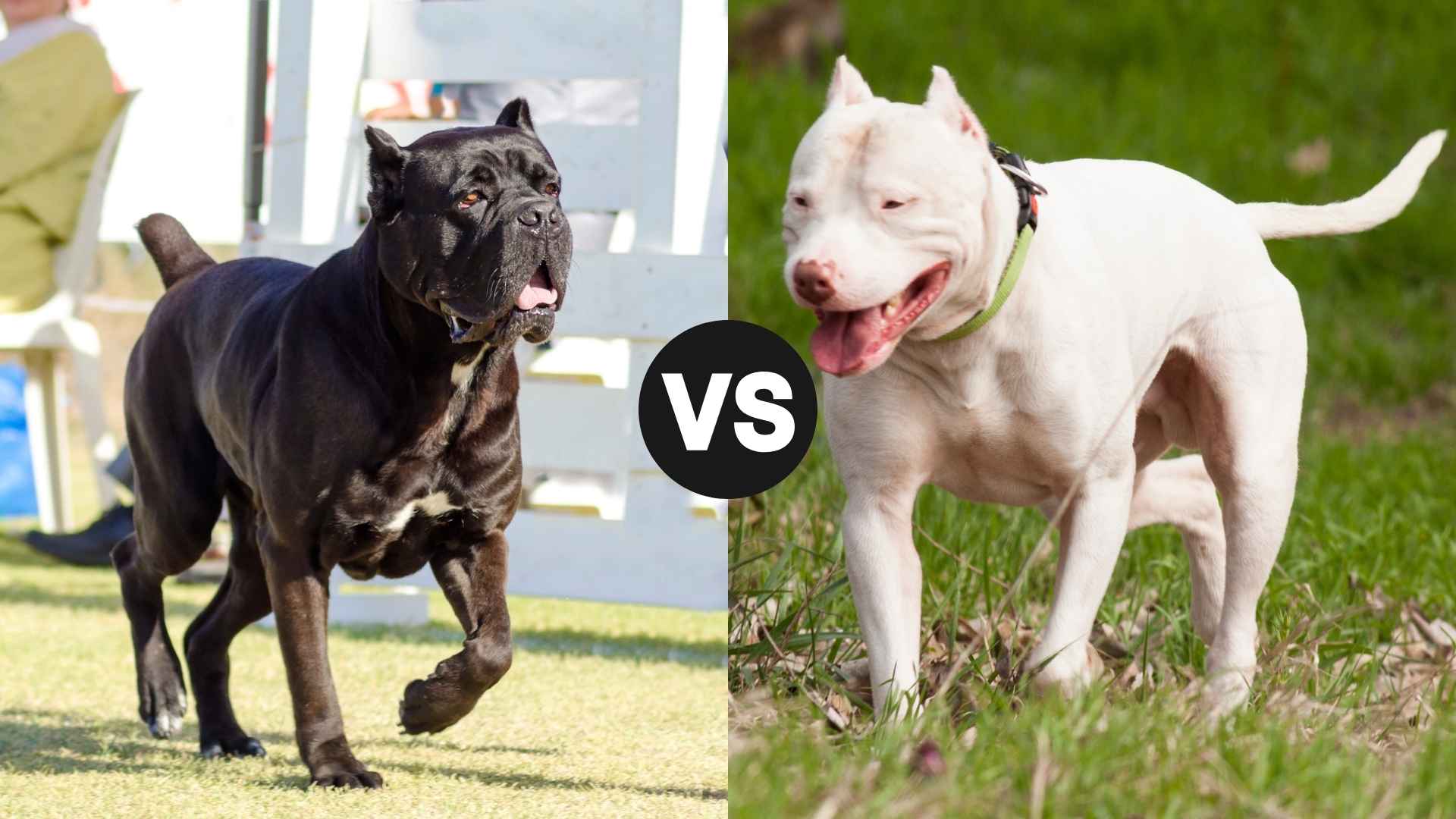When you think of powerful, muscular, and fearless dogs, two breeds often steal the spotlight: the Cane Corso and the Dogo Argentino.
These aren’t your average family pets—they’re elite guardians, bred for protection, hunting, and unwavering loyalty. But despite their intimidating looks, both breeds have surprisingly tender hearts for the people they love.
At first glance, they may seem similar—but dig deeper and you’ll find two very different personalities behind those stoic stares. One may suit your lifestyle better than the other, depending on your experience with dogs, your space, and your training commitment.
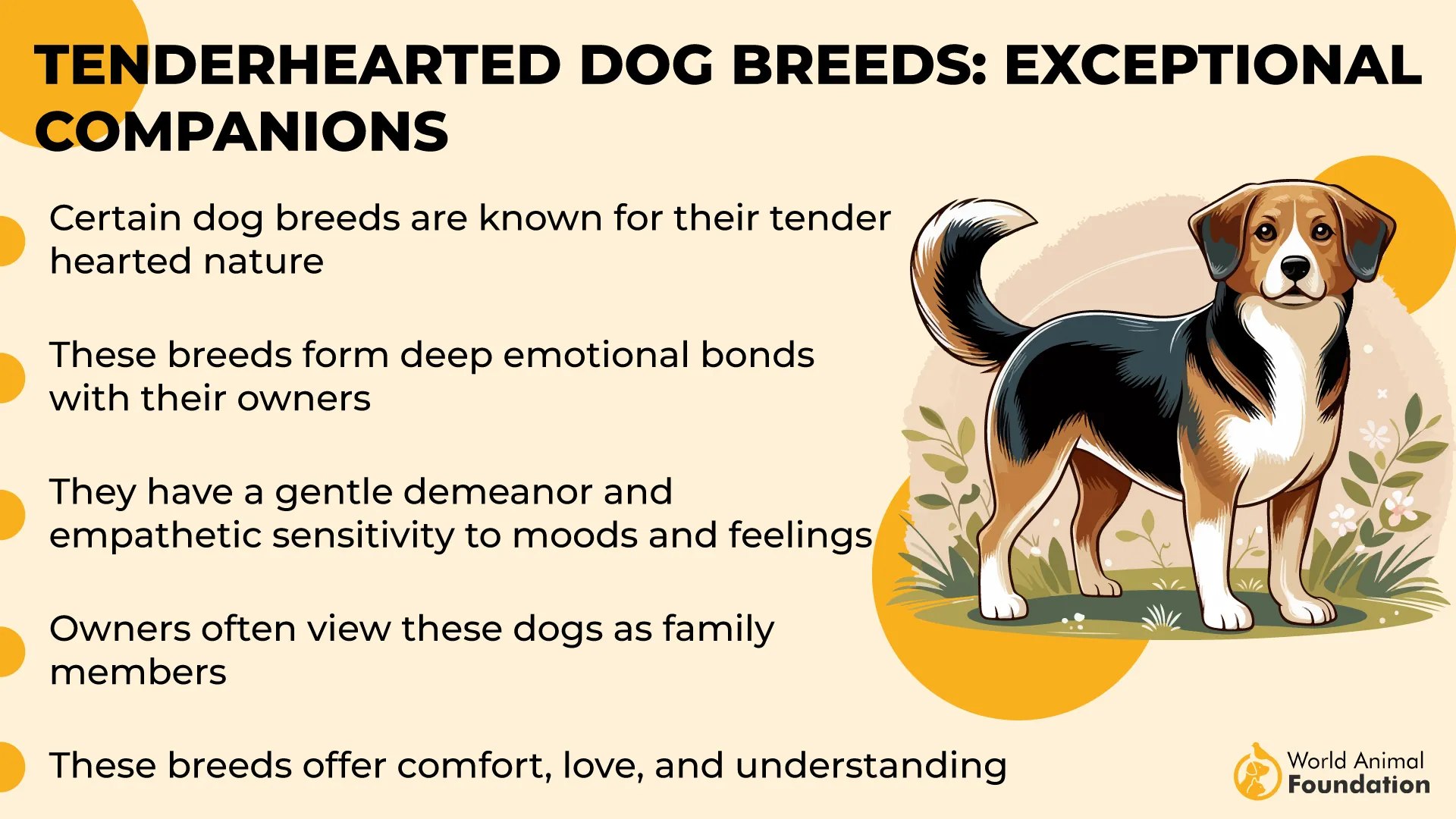
In this face-off, we’ll explore the differences and similarities between these two majestic breeds. Whether you’re looking for a disciplined guardian or an active outdoor partner, you’re about to find out which powerhouse dog is meant for you.
Cane Corso vs. Dogo Argentino
Cane Corso vs. Dogo Argentino: Breed History and Ancestry
Cane Corso:
When it comes to ancient roots, the Cane Corso doesn’t just walk into the room — it storms in like a Roman gladiator. According to the American Kennel Club (AKC), the Corso’s lineage dates back to ancient Roman times, and its name roughly translates from Latin to mean “bodyguard dog.”
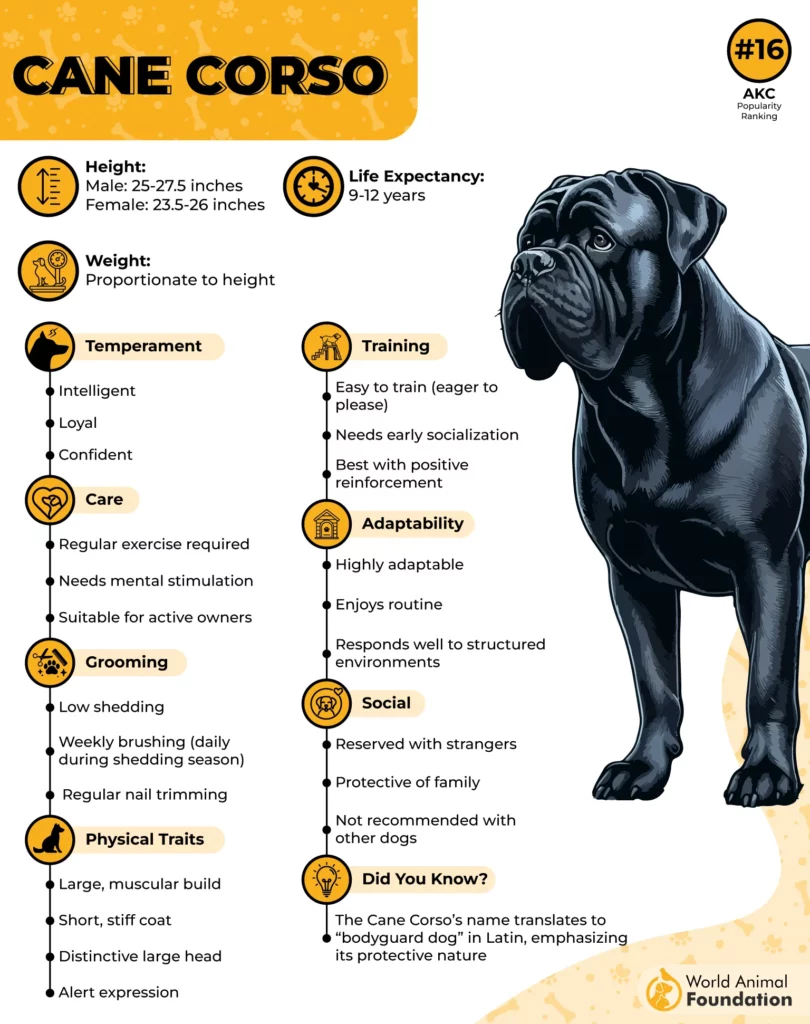
This majestic Italian mastiff descends from the legendary Canis Pugnax, a war dog used by Roman legions to march into battle and intimidate enemies (and probably steal snacks from their camps).
Fast-forward a few centuries, and the Cane Corso traded in its armor for a more rural vibe — working on farms, guarding livestock, and protecting homes like a true Italian nonna with muscle. They became the ultimate multitaskers: hunters, guardians, and loyal family protectors.
Dogo Argentino:
Born in the 1920s in Argentina, the Dogo Argentino has a backstory worthy of a Netflix origin series. Created by Dr. Antonio Nores Martínez, this breed was purpose-built for strength, courage, and teamwork. As per Wikipedia, the Dogo is primarily bred and used for hunting large game like peccaries, wild boar, and pumas.
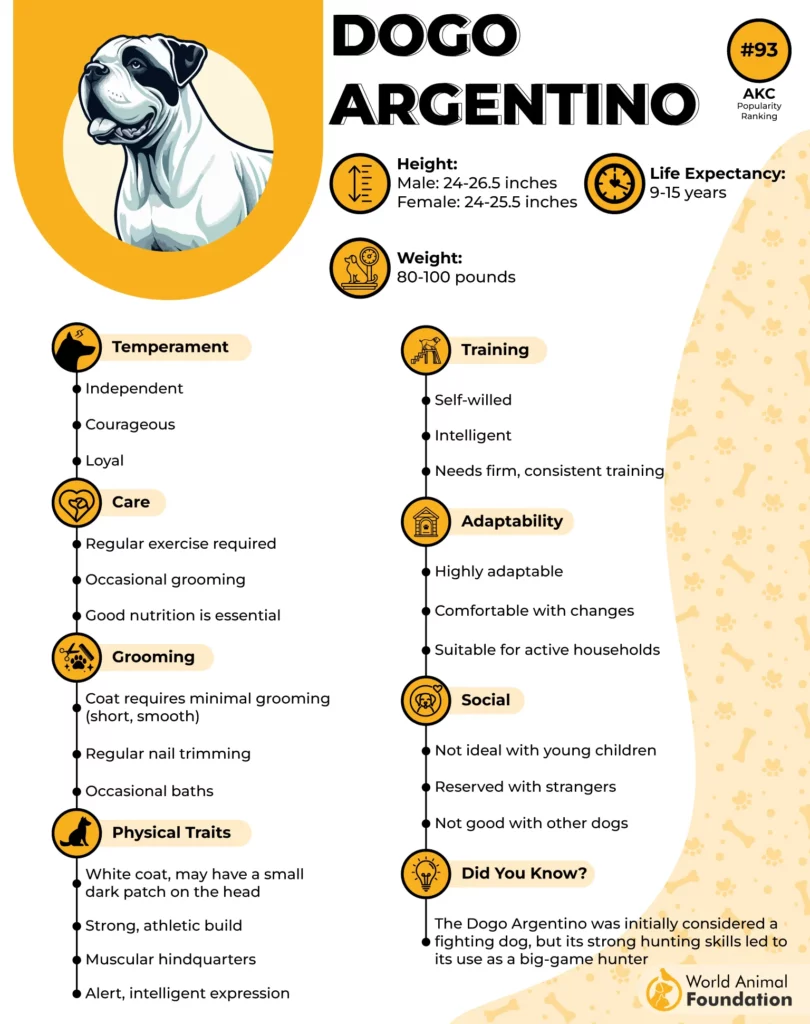
The Dogo’s bloodline includes the Cordoba Fighting Dog, along with a mix of breeds like Boxers, Great Danes, Bull Terriers, and Pointers — think of it as a dream team of canine champions rolled into one muscular body with a big heart. Despite its hunting roots, the Dogo is known for its loyalty, affection, and heroic nature.
Cane Corso vs. Dogo Argentino: Physical Characteristics and Size
When it comes to sheer presence and power, both the Cane Corso and Dogo Argentino turn heads—but their physical styles tell two very different stories of strength and purpose.
Cane Corso:
This breed looks like it walked out of an ancient Roman battle — dignified, muscular, and ready for action (or a nap in the sun).
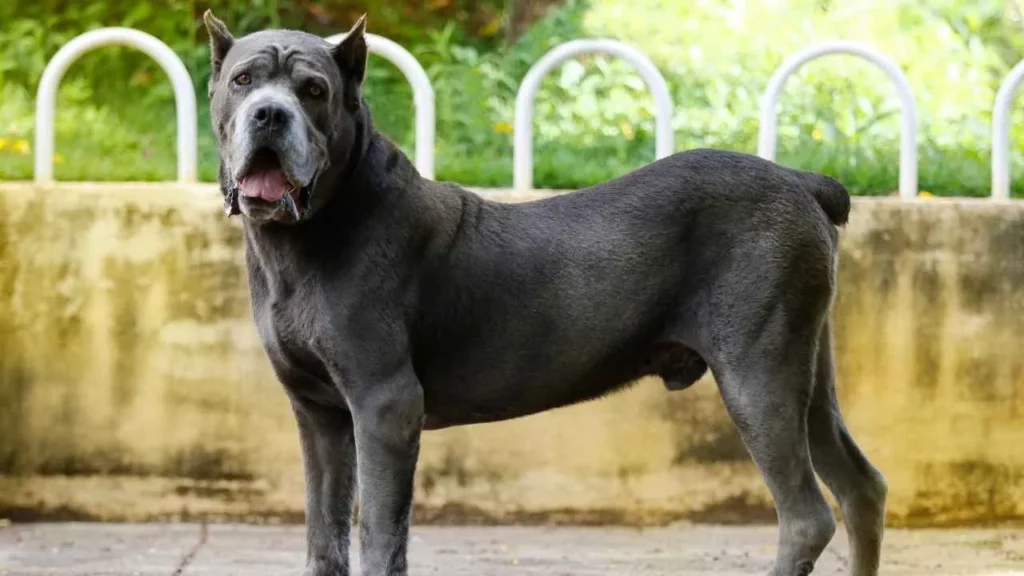
Height: 24–28 inches (male); 23.5–26 inches (female)
Weight: 90–120 lbs
Build: Large, broad, and heavily muscled
Head: Big, blocky, and commanding — with a furrowed brow that says, “I see everything.”
Coat: Short, dense double coat — colors range from black, gray, fawn, red, to brindle
Tail: Often docked; thick and strong at the base
Dogo Argentino:
Built like a panther in a white tuxedo, the physical appearance of Dogo Argentino is both graceful and powerful — and yes, they know they look good.
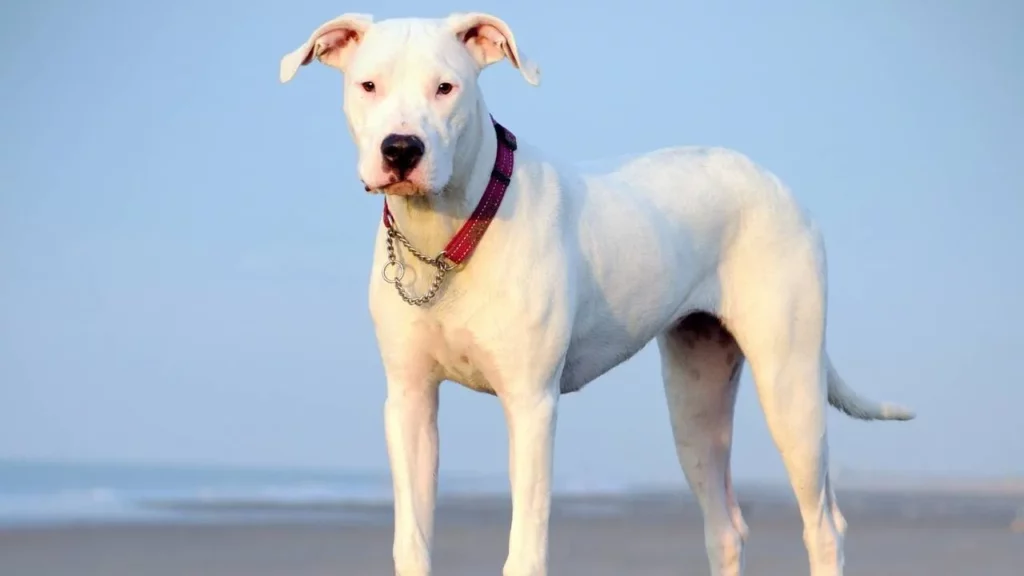
Height: 24–27 inches (male); 23.5–26 inches (female)
Weight: 80–100 lbs
Build: Athletic, lean, and muscular
Head: Broad and slightly rounded with strong jaws and expressive eyes
Coat: Short, smooth, and always solid white — that striking color isn’t just for looks; it helped them stand out during big-game hunts
Tail: Long, thick, and carried low
Dogo Argentino vs. Cane Corso: Personality and Behavior
While the Cane Corso and Dogo Argentino share traits like loyalty and bravery, their behavior and temperaments bring very different vibes to the pack.
Cane Corso:
The Cane Corso walks like a Roman emperor and thinks like a security chief. These dogs are intensely loyal, confident, and protective, often forming deep bonds with their family. They’re not the type to throw a party for the mailman — but they’ll throw themselves between you and danger without a second thought.
✅ Natural protector — highly territorial and alert
✅ Deeply loyal to family, but reserved with strangers
✅ Very intelligent and loves structure
✅ Not a fan of chaos — rowdy kids or unpredictable dogs? Meh.
Beneath the tough exterior lies a gentle, affectionate companion who’ll lean on you like a 100-pound weighted blanket
Dogo Argentino:
The Dogo Argentino is a confident, fearless athlete with a big heart and a surprising sense of humor. Bred to hunt big game, they’re driven, focused, and incredibly loyal — but also love playtime and belly rubs like oversized puppies.
✅ Energetic and athletic — needs lots of physical and mental stimulation
✅ Courageous and determined, especially when “on duty”
✅ Affectionate with family, even silly and aloof with strangers at times, says PetMD.
✅ Usually dominant with other dogs, early socialization is key
✅ Smart and independent, but not quite as eager to please as some breeds
Dogo Argentinos are like action heroes who moonlight as cuddle buddies — strong, focused, and secretly goofy when no one’s watching.
Cane Corso vs. Dogo Argentino: Coat Care and Maintenance
Low-maintenance coats, high-maintenance personalities? Maybe! When it comes to grooming, both these muscle-bound beauties keep things refreshingly simple, though there are a few key differences to note.
Cane Corso:
Coat Type: Short, double-layered coat with a dense undercoat.
Shedding: Moderate, with a noticeable uptick during seasonal changes (aka “the Great Fur Explosion” every spring and fall).
Grooming Needs: Weekly brushing is enough to keep things tidy. Bathing? Only when they smell like they’ve been digging up the Roman Empire.
Bonus Tip:
Regular ear cleaning and wrinkle checks help prevent infections, especially after a muddy adventure.

Dogo Argentino:
Coat Type: Short, smooth, and sleek — no undercoat.
Shedding: Light to moderate, but more visible thanks to that snow-white coat (hello, white hairs on your black couch).
Grooming Needs: Just a weekly once-over with a soft brush or grooming mitt will do. They’re basically wash-and-wear!
Bonus Tip:
Watch for sunburn! That white coat and pink skin make sunscreen (yes, dog-safe sunscreen) a must for long outdoor sessions.
Cane Corso vs. Dogo Argentino: Health and Lifespan
Big dogs, big hearts—and sometimes, a few big health concerns too. While both the Cane Corso and Dogo Argentino are strong and sturdy breeds, they each come with their own set of genetic health risks and life expectancy.
Cane Corso:
Average Lifespan: 9–12 years
These Italian protectors may look invincible, but like many large breeds, they’re prone to a few common issues:
Hip Dysplasia
Elbow Dysplasia
Bloat (Gastric Torsion)
Heart Conditions (like cardiomyopathy)
Eye Issues (like entropion)
Dogo Argentino:
Average Lifespan: 10–12 years
The Dogo may look like a white knight, but its genetics bring some quirks along for the ride:
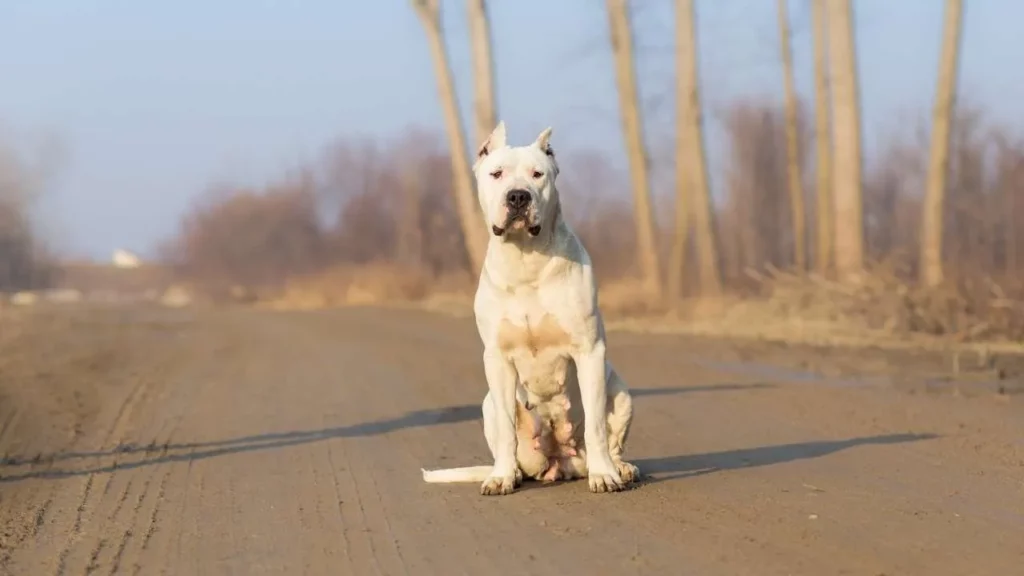
Deafness (especially in one or both ears)
Hip Dysplasia
Bloat
Skin Allergies or Irritations
Hypothyroidism
Conclusion
The ultimate showdown between the Cane Corso and Dogo Argentino reveals two powerful, loyal companions with a rich history—Cane Corsos from ancient Italy and Dogo Argentinos originally bred in Argentina. Both breeds have a muscular build, athletic build, and intimidating appearance, making them excellent guard dogs for protecting property. Their strong prey drive, powerful bite, and muscular hindquarters mean they require consistent training, proper socialization from a young age, and mental stimulation like hide and seek.
While not ideal for first-time dog owners, experienced owners who provide clear boundaries and socialization training can find these working dogs well-suited for family-friendly homes with older kids and other animals. Each breed requires exercise, agility work, and socialization. Choose a reputable breeder to ensure the right temperament and low-maintenance needs. With the right care, both breeds can thrive—even in apartment living—forming a strong bond with their humans.


